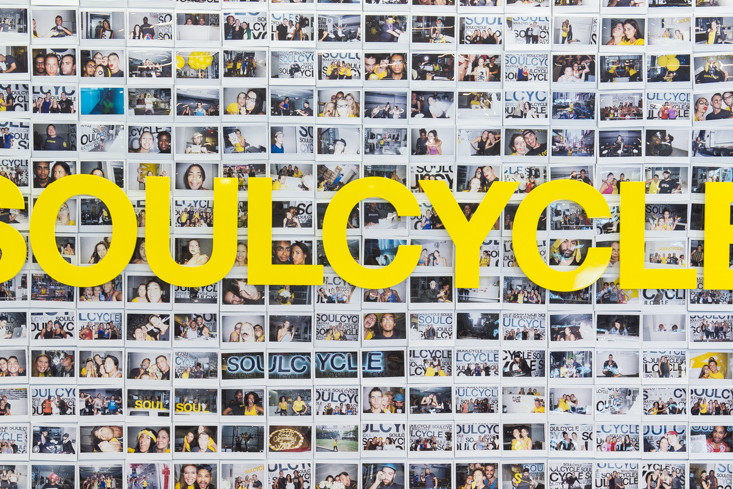How is it that some brands create such faithful followings? How did La Croix fizzle its way to the top ranked sparkling water brand? And how is it that Trader Joe’s is a household name yet has no Facebook page, Twitter or Instagram account, not even a webpage? They all seem to have one thing in common; they are able to find new, inspiring and unique ways to stay in touch with their customer-base. Here are four specific marketing tactics used by brands with cult-like followings.
Advocacy is born from meaningful relationships.
Emotional Marketing
I remember the first time my friends dragged me to Soul Cycle. I couldn’t understand their obsession. We had been to tons of spinning classes before. And most of them came at a lower price tag. I had barely set one foot in the door before I saw the massive “Sprint” “Dance” “Rock” “Sweat” “Cry” “Laugh” “Change” “Soul” plastered on every wall. The music is so loud, the instructors are passionately giving motivational speeches about life throughout the class that by the time I’ve finished I’m just about convinced all of my dreams in life will come true as long as I continue going to Soul Cycle, despite the feeling of hearing loss similar to leaving an ACDC concert.
The key here that Soul Cycle has mastered is the ability to tap into the emotional side of their customer. The idea of benefit first, features second. Before knowing what your business, product or service does, touch on what’s most important to them; what it does for them. 60% of consumers who feel a “high brand connection” are more likely to make a purchase, only further proving that a strong emotional connection is key to creating and keeping more loyal customers.



User-Generated Content
The benefits of user-generated content marketing are huge. Why? On a basic level, people are influenced by what other people think. For a first-time buyer who hasn’t made up their mind about your brand but is looking for information, they are highly-likely to be influenced by others opinions. A user-generated content campaign can be successful by taking advantage of the power of numbers with an entire group of people talking about your product and what it does for them.
Coca-Cola launched their “Share a Coke” campaign by creating bottles personalized with first names, encouraging consumers to share a coke with someone and use the hashtag #shareacoke. Everyone has beard of Coca-Cola brand but this campaign was meant to revive engagement. The lesson here is that simple campaigns with a positive message can be extremely successful. When the campaign launched last June, Coca-Cola’s #shareacoke was the #1 global trending topic on social media and resulted in a 2% increase in sales. And while I’m sure a global brand such as Coca-Cola has no such worries, for a brand just starting out, a campaign involving multiple people that are spreading the word organically is a great way for publicity and conserving your marketing budget.



Brand Evolution
Not to be entirely biased but this is my favorite idea. Brand evolution. If you really take a minute to stop and think about what it takes to create a brand that can withstand the evolution of trends and time, it’s kind of incredible.
Moleskine is a product that has stayed relevant as a notebook in a digital age by allowing the brand to evolve whilst maintaining its legacy. It’s adapted to our world today with a line or journals, bags, writing and reading accessories that can travel with us and are dedicated to our “mobile identity.” At the same time Moleskine continues to brand themselves as a symbol of creativity, reminding those who have nostalgia for pen and paper that Hemingway and Picasso were among its early brand advocates.


Inspire Ownership in your Brand
Beachbody. You’ve heard of it. Or tried it. At least one person you’re friends with on Facebook is a coach and is part of the Beachbody community and is blowing up your newsfeed about it. This brand has gone straight to the top of the at home fitness and nutrition industry by inspiring ownership. Beachbody has over 450,000 independent coaches working to distribute products, fitness programs and nutrition coaching. They reached over $1 billion in sales last year and get over five million unique visits to their digital platforms monthly. How? By giving each coach the tools they need to succeed and then putting them in charge of their own success.

